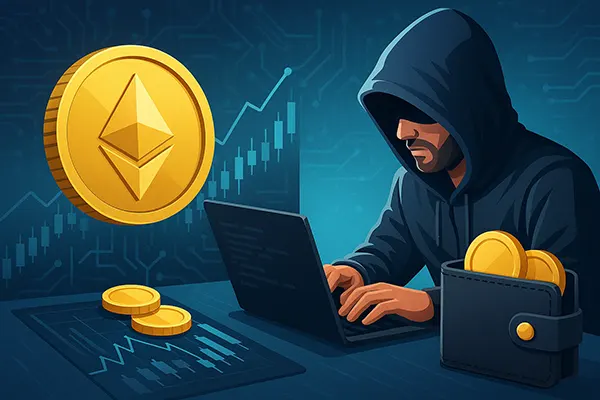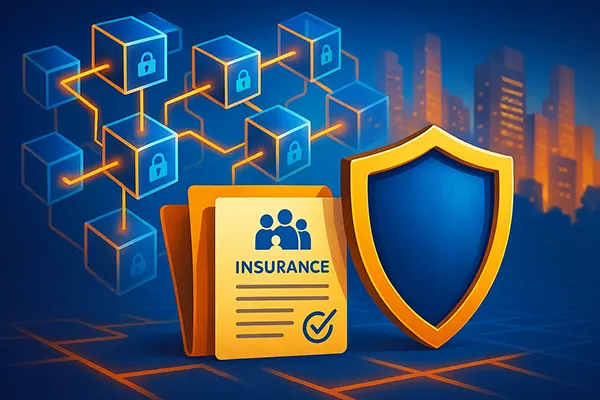
Scammers in DeFi: Emerging Rug Pull Schemes in 2025
The decentralised finance (DeFi) space continues to evolve, but so do the tactics used by malicious actors. In 2025, rug pulls remain one of the most destructive and widespread scams, but their execution has become far more sophisticated. While early rug pulls focused on draining liquidity pools, newer methods exploit smart contract bugs, manipulate LP tokens, and even use fake multisig wallets. This article explores the latest rug pull techniques, how scammers bypass audits, and what DeFi users can do to protect themselves.
New Techniques for Draining Liquidity
One of the newest tactics in rug pull attacks involves the creation of seemingly legitimate projects with maliciously coded smart contracts. Instead of simply removing liquidity, scammers now inject backdoors that allow them to mint infinite tokens or redirect funds without triggering traditional alerts. These contracts often appear normal on the surface but contain obfuscated functions triggered only under specific conditions.
Another emerging method involves compromised multisig wallets. These wallets are presented as secure, requiring multiple parties to approve transactions. However, scammers now create fake multisigs where all signatories are controlled by a single entity. This tactic misleads users into trusting project governance that, in reality, is centralised and vulnerable to rug pulls.
Lastly, liquidity pool token (LP token) manipulation has become more prevalent. Attackers trick users into providing liquidity for tokens that are later devalued through forced minting or draining events. These schemes are harder to detect due to their technical complexity and the perceived legitimacy of LP incentives.
Exploiting Contract Complexity
Advanced rug pulls in 2025 often rely on complex contract architecture to hide malicious intents. Scammers utilise proxy contracts, recursive calls, and gas-limited functions to obfuscate their activity. These structures evade superficial code reviews and even some automated auditing tools, making detection significantly harder for average users.
In some high-profile cases, rug pulls have been executed over the course of weeks or months. This “slow rug” approach lulls investors into a false sense of security, allowing developers to withdraw funds gradually without triggering panic. Because the contracts operate normally, users remain unaware until it’s too late.
The sophistication of these contracts also challenges DeFi auditors. Unless a thorough manual review is conducted by experts, subtle exploits can go unnoticed. The evolving complexity requires users to be highly cautious, especially with projects that appear overly polished or too good to be true.
Bypassing Smart Contract Audits
Smart contract audits have long been considered a safety measure for DeFi users, but in 2025, even audited projects have been involved in rug pulls. One technique involves modifying contracts after the audit is completed. Scammers publish an audited version of the code but later deploy a different contract to the mainnet. Because many users only check the audit report and not the live code, this tactic often succeeds.
Another audit bypass strategy uses verified but non-transparent contracts. Some developers use standard token contracts as facades but connect them to custom modules containing vulnerabilities or malicious logic. The external code appears clean while the internal mechanics are designed to exploit users once the project gains traction.
Even more insidious is the use of audit firms with no reputation or experience. As the demand for audits grows, fake or low-quality audit services have emerged. These firms either skip real code review or provide superficial assessments, giving scammers a false certificate of legitimacy to attract unsuspecting investors.
Faking Trust with Audit Stamps
The audit stamp has become a marketing tool for scammers. Projects prominently display audit badges and links, knowing most users won’t read the actual report. Some even forge audit certificates or copy-paste audit findings from unrelated projects. These tricks exploit the average investor’s reliance on visual trust cues rather than detailed due diligence.
To make matters worse, some rug pulls involve social engineering within audit communities. Developers might interact with real auditors on public forums, showcasing transparency. Behind the scenes, however, they prepare unaudited updates or reroute funds through secondary contracts not covered by the audit.
This environment makes it clear that an audit, while helpful, is not a guarantee of safety. Users must treat audits as one of many verification layers rather than a definitive endorsement.

Recommendations for DeFi Users in 2025
Given the increased complexity and deception in modern rug pulls, DeFi users must adopt a multi-layered approach to safety. First and foremost, always verify that the deployed smart contract matches the audited version. Tools like Etherscan and blockchain explorers allow comparison between audit reports and on-chain data. Never rely solely on the project’s marketing materials or website claims.
Second, scrutinise the team behind the project. Look for developers with verifiable track records, active communities, and transparent communication. Projects hiding behind anonymity or providing little interaction with users should be approached with caution. While pseudonymous teams are common in DeFi, transparency remains critical for user trust.
Lastly, diversify your DeFi portfolio. Avoid putting a large portion of your assets into one protocol, especially newer or unaudited ones. Use trusted aggregators and platforms with well-established reputations. Leverage risk management tools such as portfolio tracking, decentralised insurance, and automated alerts to stay ahead of threats.
Staying Ahead of Evolving Threats
To stay informed, DeFi participants should follow reputable security analysts, join blockchain security communities, and subscribe to threat intelligence platforms. Keeping up with the latest attack vectors and scam alerts can provide early warnings about risky projects or malicious patterns.
Users are also encouraged to learn the basics of smart contract functionality. While full technical expertise isn’t required, understanding tokenomics, LP structures, and common scam tactics empowers users to spot red flags early. Education is one of the most powerful tools in mitigating DeFi risk.
Finally, platforms and communities must work together to establish better standards. The DeFi ecosystem must prioritise user education, transparent development, and responsible code deployment to curb the rise of sophisticated rug pulls in 2025 and beyond.




